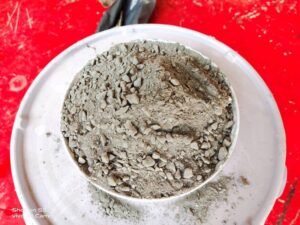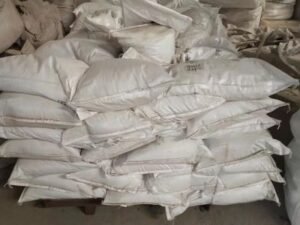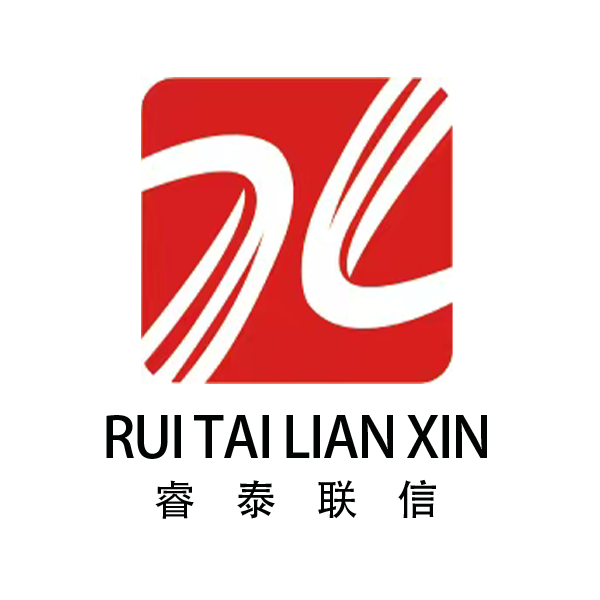Today, we’ll introduce you to steel fiber castable, a wear-resistant and fire-resistant castable. It’s highly favored by many companies for its four key advantages: high flexural (tensile) strength, thermal shock resistance, impact resistance, and wear resistance.

1. Performance of Steel Fiber Castable
Steel fiber castable, as a high-performance building material, offers multiple advantages. Let’s take a closer look at its key properties:
First, the addition of steel fibers significantly improves the castable’s toughness, mechanical shock resistance, and overall mechanical strength. This means that when subjected to external impacts or heavy loads, steel fiber castables exhibit superior durability and stability, effectively protecting building structures from damage.
Second, this castable also significantly enhances thermal shock resistance, spalling resistance, and wear resistance. It maintains excellent performance even in environments with drastic temperature fluctuations and under long-term wear conditions, significantly extending the material’s service life.
Furthermore, steel fiber castables effectively suppress shrinkage that can occur during curing, baking, and high-temperature operation. This property is crucial for maintaining the stability and integrity of building structures, avoiding various problems caused by material shrinkage.
Finally, this castable prevents internal microcracks from expanding or extending under thermal and mechanical stresses, thereby reducing the risk of material breakage or spalling. This is crucial for ensuring building safety and extending its service life.

2. Applications of Steel Fiber Castables
Steel fiber refractory castables, a high-performance material, play an indispensable role in numerous key industrial sectors. In particular, they are widely used in critical areas frequently exposed to high temperatures and susceptible to damage in industries such as metallurgy, building materials, and circulating fluidized bed boilers.
In the building materials industry and other industrial furnaces, there are areas where refractory materials require extremely high spalling and impact resistance. These areas are subject to multiple factors, including long-term exposure to high temperatures, mechanical shock, and chemical attack, making ordinary materials inadequate. Steel fiber refractory castables, with their excellent physical properties and chemical stability, are an ideal choice for these extreme conditions. In specific application examples, steel fiber refractory castables can be found in key areas such as boiler and furnace outlets, ceilings, and sidewalls. For example, in the kiln opening of a cement rotary kiln, this material withstands the high-temperature airflow and material erosion within the kiln, maintaining its stability and durability. Steel fiber refractory castables also play a vital role in wet-process rotary kilns, including heat-resistant steel chains, cement kiln coolers, and coal injection pipes, ensuring the proper functioning and service life of these equipment. Furthermore, this material serves as an indispensable protective layer in coolers, precalciners, and preheaters, providing a strong guarantee for the continuity and safety of industrial production.
In industrial production, selecting high-quality refractory materials is crucial to ensuring stable, efficient, and safe production. Steel fiber castables, with their outstanding flexural (tensile) strength, thermal shock resistance, impact resistance, and wear resistance, are becoming the preferred choice of a growing number of industrial enterprises.
